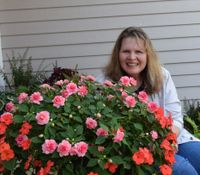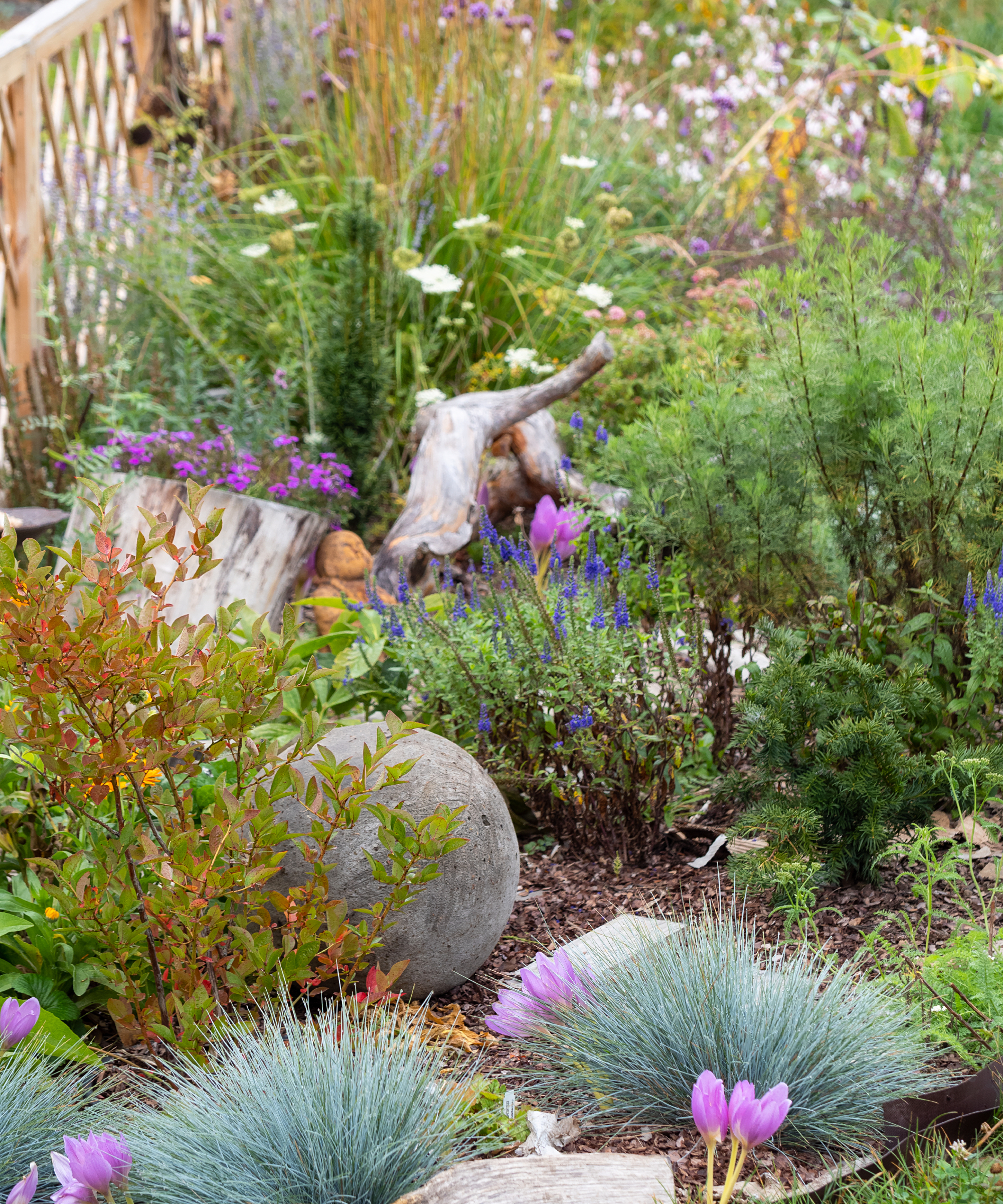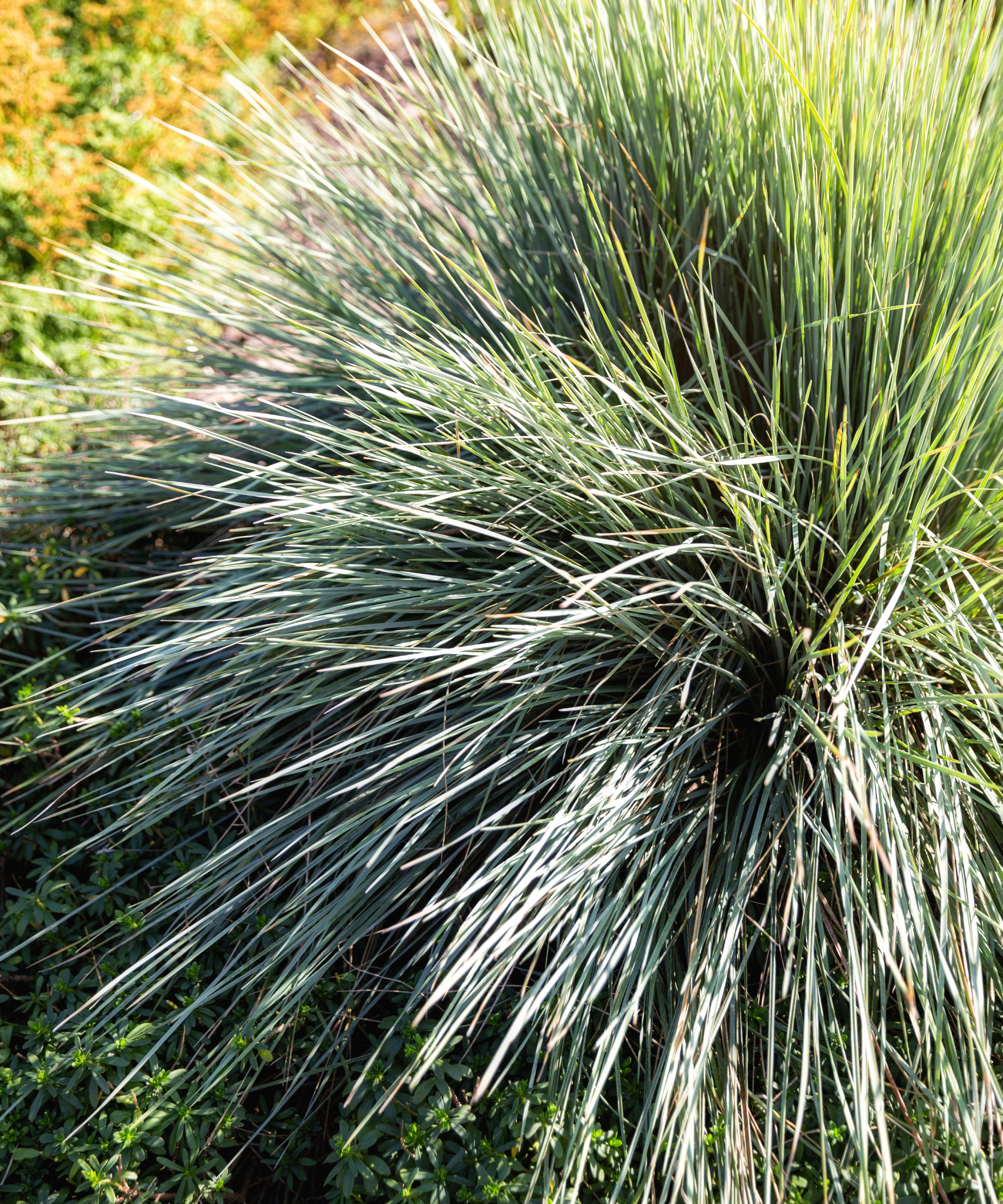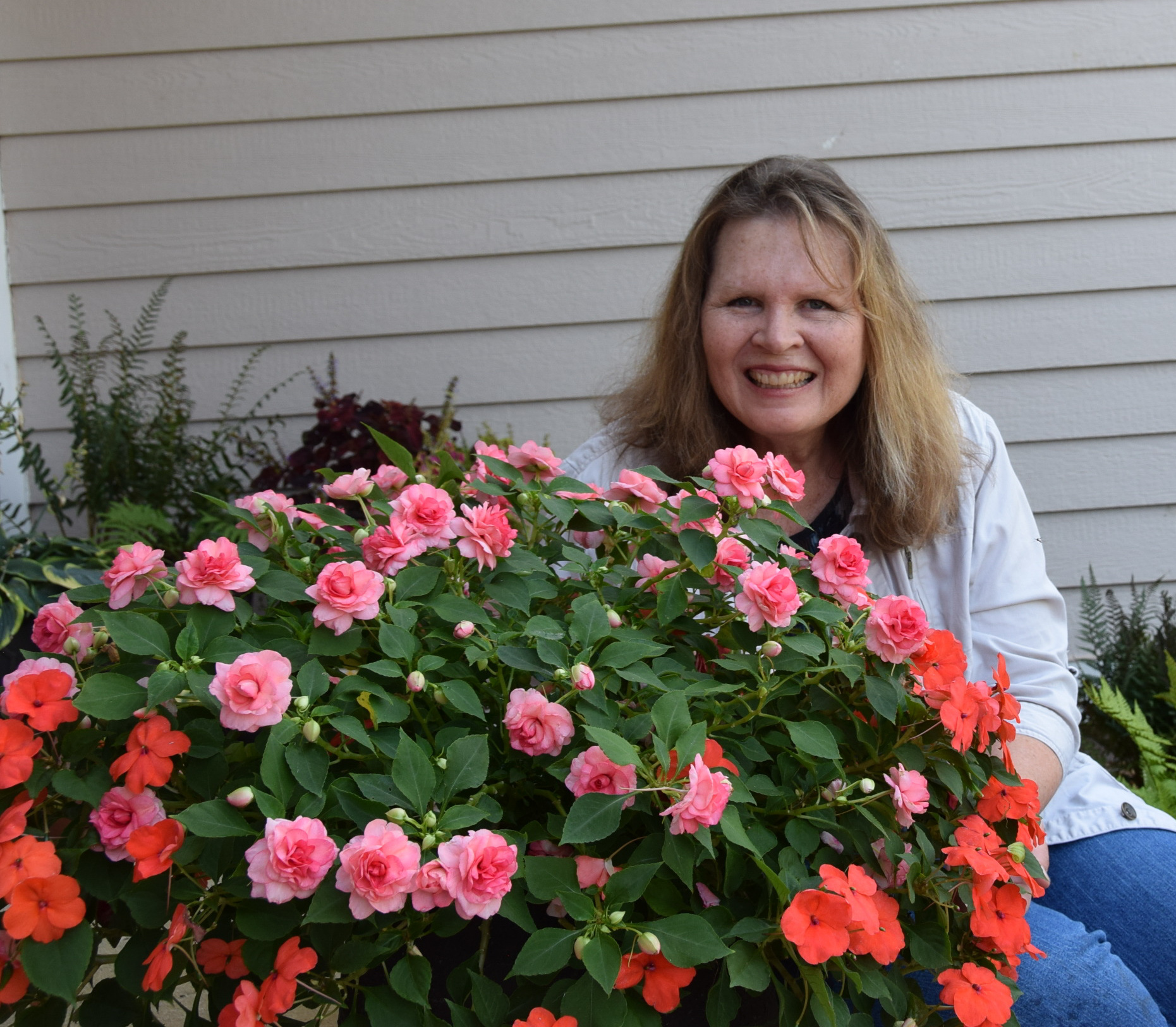6 Blue Ornamental Grasses That Will Wow Your Neighbors And Add A Unique Touch To Your Landscape
Choosing a blue ornamental grass can dress up borders and yards with striking color that changes with the seasons.


Amy Draiss
If you’re looking for an ornamental grass to add movement and sound to your garden, why not try a blue ornamental grass? From silver blue to blue-green to deep blue, blue ornamental grass hues change with the temperature providing eye-catching color all season.
Then in autumn, the colors change again to reflect the sunset. Adding a pop of blue grass to the landscape can brighten up a border or provide eye-catching color in a group planting.
Growing ornamental grasses near a seating area allows you to hear the rustling leaves in the breeze and appreciate their fine color changes. Create a serene space anywhere with blue ornamental grasses.
Our Top 6 Blue Ornamental Grass Plants
We gathered a group of six ornamental grasses with blue foliage to wow you and your neighbors. The smaller plants serve well as groundcovers, too. An ornamental blue grass plant is stellar as a specimen in a small garden or a container on the patio.
Small clumps of blue grasses can edge the front of a shrub, create an ornamental grass border, line a pathway. Native grasses such as little bluestem or switch grass can add movement and texture to a native garden or a pollinator garden, besides offering food and cover for wildlife.
Here are six ornamental grasses that feature blue leaves:
1. 'Twilight Zone' Little Bluestem

Little bluestem (Schizachyrium scoparium) is a native ornamental grass that grows 2 to 4 feet (0.6 to 1.2 m) tall and about 2 feet (0.6 m) wide with a columnar shape. Its leaves take on an iridescent silvery blue cast in summer, later adding purple and mauve highlights that increase in fall. The brownish seed heads provide food for wildlife. It tolerates heat and humidity and is deer-resistant.
Sign up for the Gardening Know How newsletter today and receive a free copy of our e-book "How to Grow Delicious Tomatoes".
'Twilight Zone' Little bluestem, which can be found in the Gardening Know How Shop, is a larval host plant for several butterflies and moths and provides cover and food for birds and other wildlife. Provide full sun and dry-to-average soil for best performance. USDA zones 3-9.
2. 'The Blues' Little Bluestem
For even bluer foliage, ‘The Blues’ little bluestem stays deep blue all summer then turns a coppery orange color in fall. Silvery white plumes form in late summer and persist through winter.
Like other little bluestem grasses, it provides food and cover for wildlife. It grows 2 to 3 feet (0.6 to 0.9) tall and 2 feet (0.6) wide. Provide it with full sun and well-drained soil. USDA zones 4-9.
3. Blue Fescue

Blue fescue (Festuca ovina glauca) ornamental grass is a European native that forms small, semi-evergreen clumps to 12 inches (30 cm) high and wide. The foliage color changes with the seasons from silvery blue to blue-green to mottled green in fall. The foliage stays green in winter in mild climates but changes to brown in cold climates. Flower spikes form with light green and purple flowers that turn a buff color if not deadheaded.
Blue fescue prefers full sun and moist soil but is adaptable to a wide range of conditions. ‘Elijah Blue’ is a common cultivar offered as well as ‘Sea Urchin’ and ‘Boulder Blue.’ USDA zones 4-8.
4. Shenandoah Switchgrass
Shenandoah switchgrass (Panicum virgatum 'Shenandoah') is a North American native with a columnar form that typically reaches 3 feet (0.9 m). The Panicum virgatum ‘Shenandoah’ cultivar found in the Gardening Know How Shop features blue-green emerging foliage whose tips turn burgundy red by summer. Tall reddish-pink flower spikes dance atop the foliage in late summer. Seedheads provide food for birds.
Suitable for native plant gardens; bog gardens; along streams; or in mass, group, or accent plantings. Prefers a moist soil in full to part sun. USDA zones 5-9.
5. Blue Oat Grass

Blue oat grass (Helictotrichon sempervirens) is similar to blue fescue cultivars but is taller with steel blue foliage. The clump-forming grass is 2 feet tall (0.6 m) and 3 feet wide (0.9 m). Blue-flowered plumes in midsummer top the grasses. The blue leaves turn to light brown in autumn and remain through winter.
It brightens a perennial border, can be massed or used as edging, specimen, or container plant. Site it in full sun and well-drained soil. USDA zones 3 or 4-8.
6. Savannah Ruby Grass

'Savannah' Ruby grass (Melinis nerviglumis ‘Savannah’) is a tropical grass and, thus, generally treated as an annual. However, it is worth growing for its lush, blue-green foliage in the spring and summer that turns purple-red in the fall. The showy flower spikes have fuzzy pink heads that last into fall. Including the flower spikes, it grows about 2 feet (0.6 m) tall.
If grown in a container, it can be moved indoors for winter. Grow ruby grass in full sun in well-drained soil. USDA zones 8-10.
This article features products available from third party vendors on the Gardening Know How Shop. Keep in mind that our plant inventory is limited - so if you’re thinking of purchasing, don’t wait!

After graduating from Oklahoma State University with a degree in English, Susan pursued a career in communications. In addition, she wrote garden articles for magazines and authored a newspaper gardening column for many years. She contributed South-Central regional gardening columns for four years to Lowes.com. While living in Oklahoma, she served as a master gardener for 17 years.
- Amy DraissDigital Community Manager